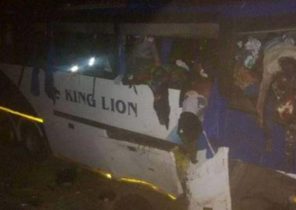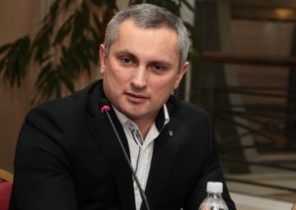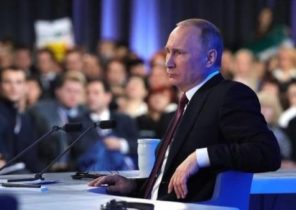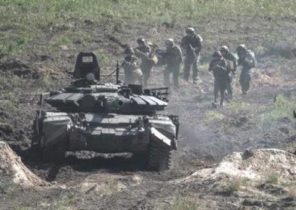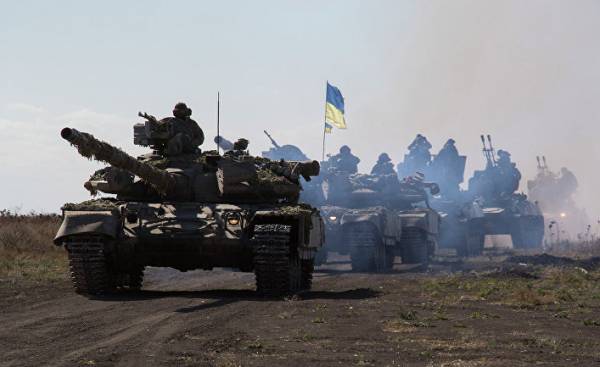
I often hear: so what do we have, a civil conflict or war with Russia? At the start of the 2013-14 Maidan, Ukraine was a divided society (divided society), in which fault lines were actively exploited by manipulative political elites with the aim of obtaining the maximum support of the electorate in the elections. The main fault line was identity, but rather the confrontation of Soviet and Ukrainian identity (collective myths, language, historical narratives, public space, etc.). Electoral map election 2004, 2006, 2010 and 2012, fixed this line as the rivalry between the orange and blue-white electorate. And it seemed that this line be established definitively. Moreover, to strengthen it invested a lot of resources.
It is important to note that not only the Ukrainian society has a painful fault lines and is divided and does not necessarily follows that this society is doomed to violent conflict. The Ukrainian political class in 23 years of independence, has formed a certain culture to reach a compromise solutions, which allowed the country to develop, to evolve and to avoid manifestations of overt violence. The reverse side of this culture was reluctant to reform, the formation of oligarchic consensus, the formation of a society with limited access to resources and other problems, against which, in the end, the Ukrainian society for the first time has risen during the action “Ukraine without Kuchma” and Orange revolution.
If the political class made the decision through compromise, the population was predominantly taken the position of avoiding conflict (avoidance). And often we are confused and continue to confuse indifference with tolerance. As I said, the energy of these fault lines is not enough for violence.
Yanukovych broke the existing oligarchic consensus within the political class has sharply restricted access to the resources of other competing groups through monopolization and put it on the brink of an existential threat to Ukrainian identity, rejecting European integration. Field for compromise narrowed sharply, but the transition to violence occurred not immediately, but only after laws were passed on January 16 — ticket-invitation to war. This date is the beginning of a violent internal civil conflict.
A characteristic feature was the fact that the existing social order (the written and unwritten rules of engagement within the political class) have been undermined, and further developments — the spread of violence in the regions, attracting the opposition of a large number of people, mobilize support, including through the exaggeration of fears and threats, led to the fact that the society quickly found itself in a state of violent civil conflict. Through the effect of presence,which provided TV and social media, we fall into the trap of escalation. Mass, the excessive use of violence by power from 18 to 21 February 2014 led to the fall of the old social order (actually, revolution), which intensified counter-revolutionary forces in active external support. As aptly said Alexander Paskhaver, the counter-revolution and intervention — this is a real sign of the quality revolution.
Can not imagine how could the events develop further, if not for the Russian invasion. Assume that after a short period of time after the revolution we could get a real civil war on a much larger territory than that which is now the area of the ATO. Recent evidence about the plans of Surkov in the Crimea in January 2014 and initial plans for the so-called “Russian spring” give the grounds to assert that, if implemented, would we really got civil conflict. Moreover, the security sector in the state as of February 2014 has been fully deactivated and motivation.
Only a direct Russian invasion saved us from civil war, but certain elements of the civil war in the form of active collaboration of the counter-revolutionary groups, carriers of the Russian-Soviet identity, we have. This is especially noticeable in the East. Therefore, there is constantly a sense of duality and ambiguity. But more and more it becomes less relevant civil conflict, and more important, the interstate.
PS In addition: the main objective of the Russians now move the conflict again in the civil war.
Ihor semyvolos, Director of the Center for middle Eastern studies.


